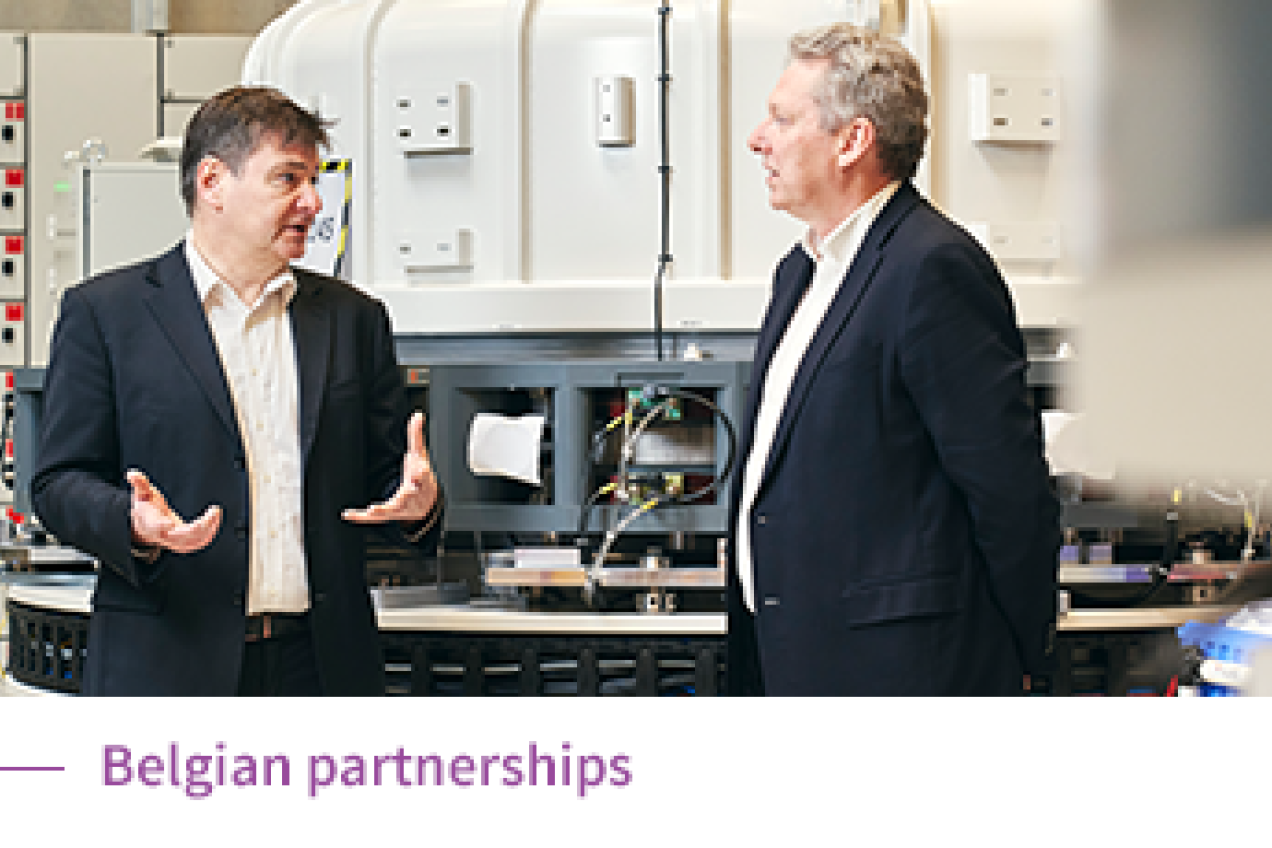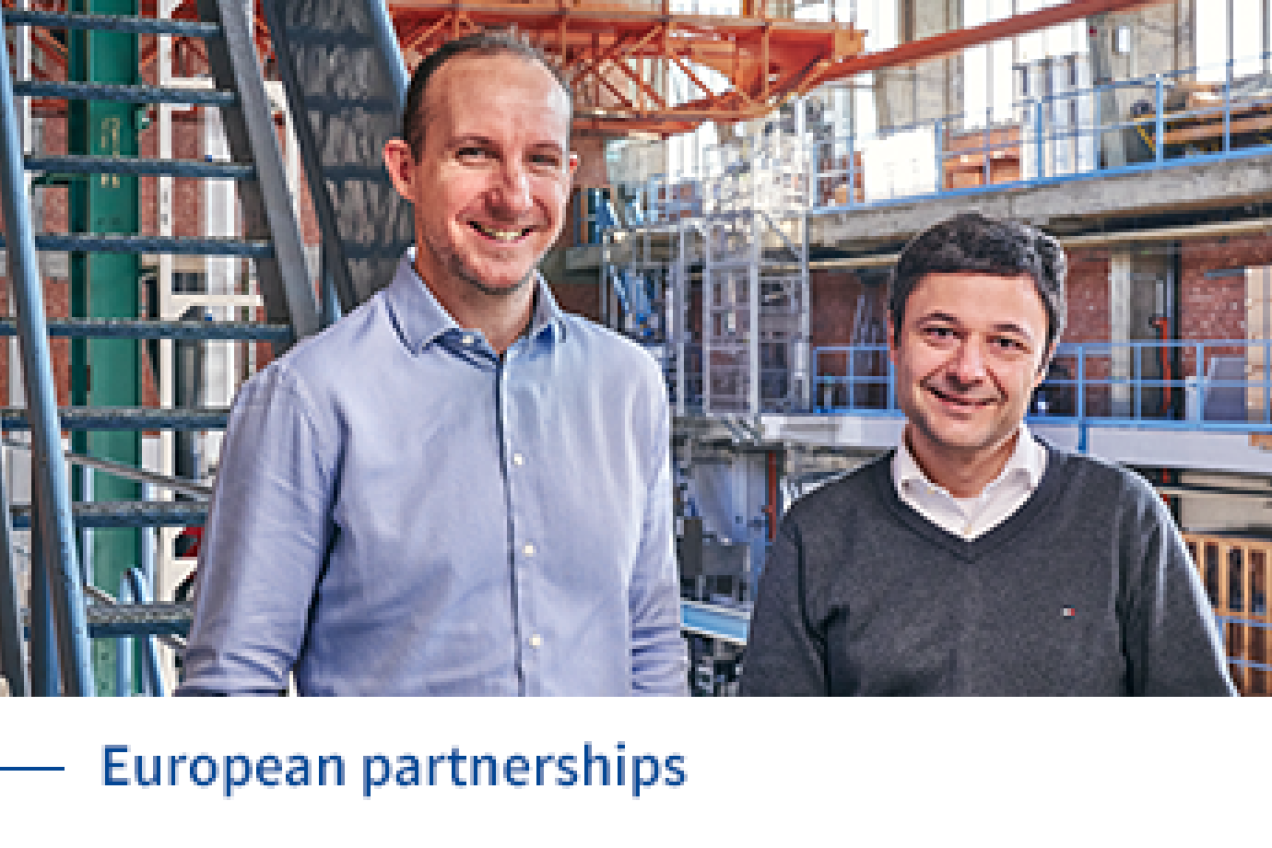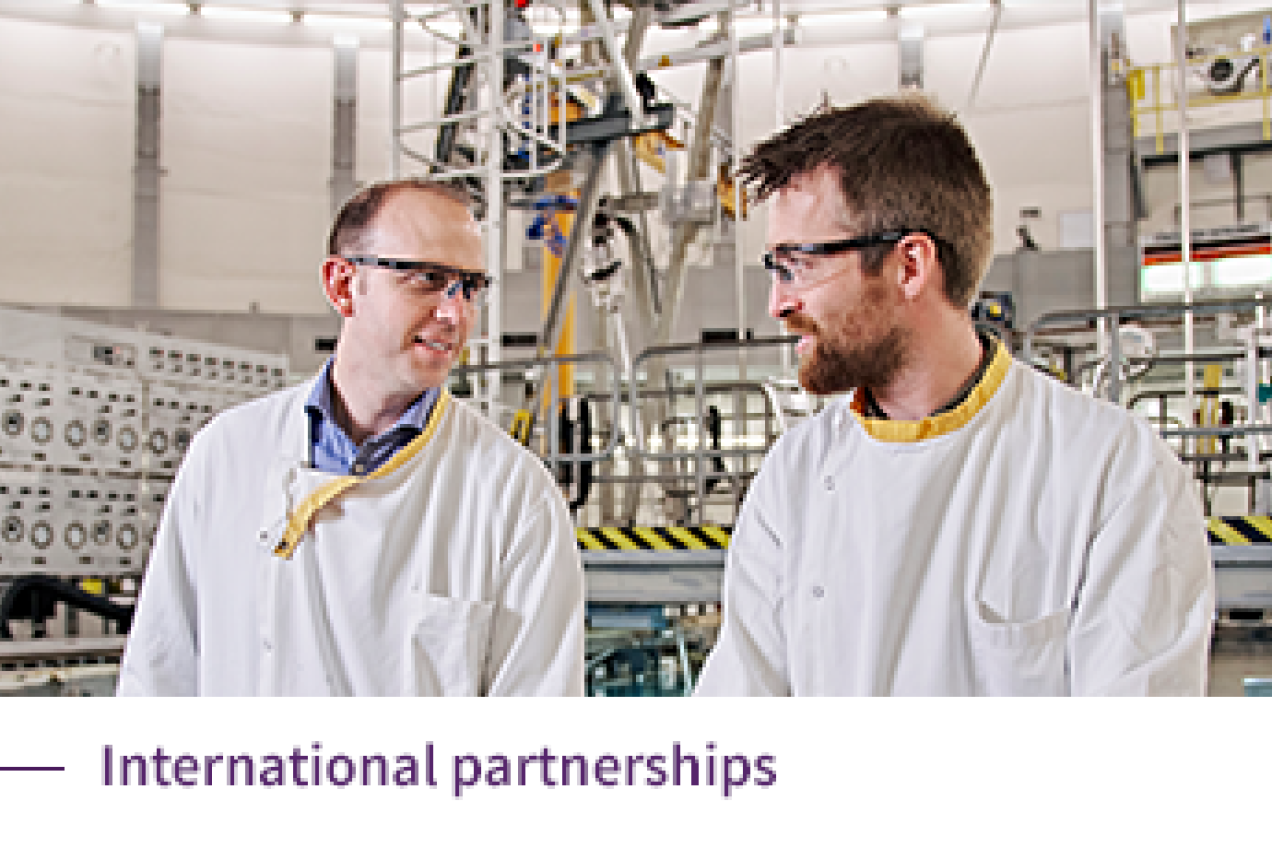MYRRHA’s engine is roaring along
Belgo-French electronics ensure reliability of MYRRHA’s particle accelerator
With the MYRRHA project, the nuclear research centre SCK CEN is aiming to tackle a series of social challenges. The reliability of MYRRHA’s particle accelerator is of the utmost importance in achieving the intended applications. Belgo-French electronics are helping to ensure that reliability. “The electronics indicate when adjustment is needed; they determine – so to speak – how the engine roars,” the engineers say.
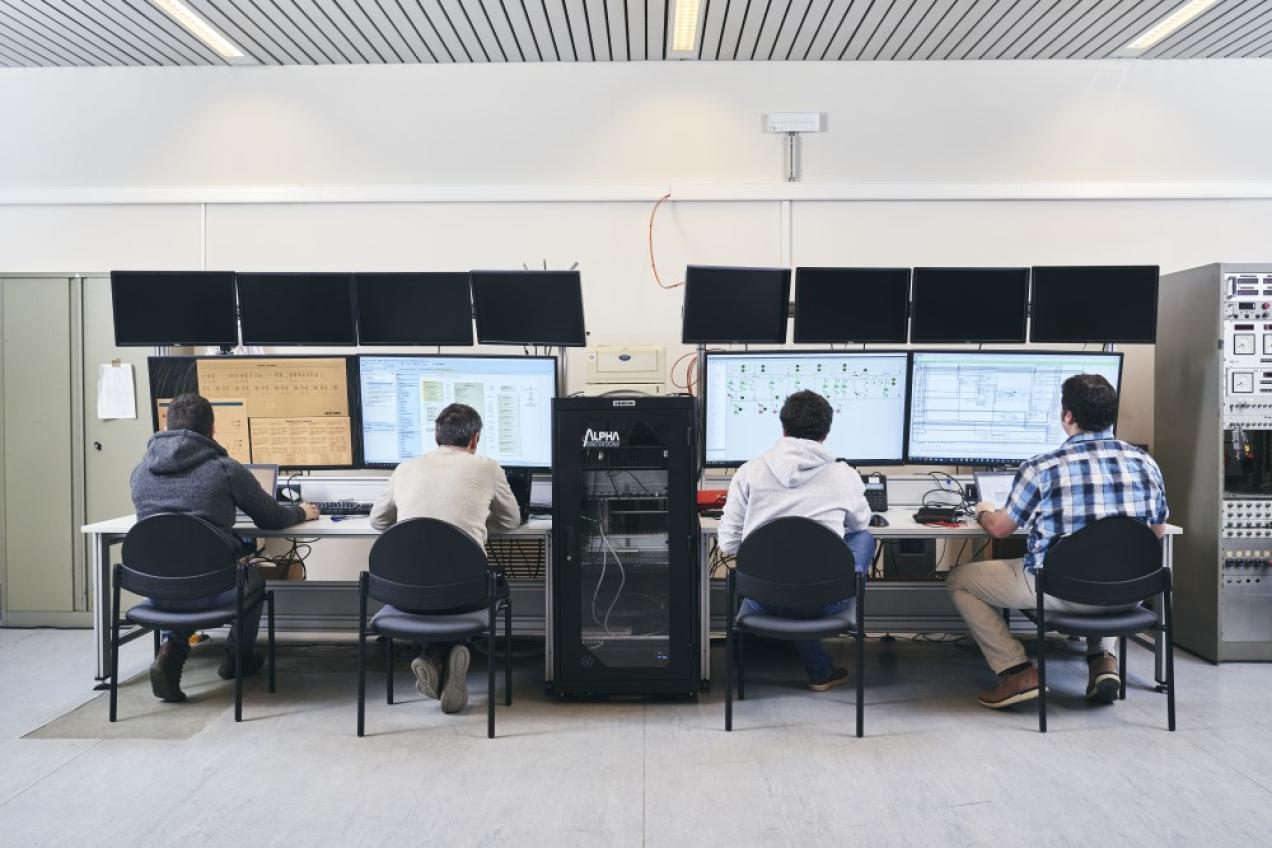
“MYRRHA’s reactor core will not have sufficient fissile material to spontaneously sustain a chain reaction. Instead, it must be continuously fed by an external source of neutrons. That’s where the particle accelerator comes into play,” Wouter De Cock, project engineer at SCK CEN, first recalls. The facility produces and accelerates protons. Those accelerated protons eventually shoot into the reactor core, where they collide with a liquid mixture of lead and bismuth. That impact releases rapid neutrons, which maintain the fission reactions. The particle accelerator that will fire the protons is currently under construction in Louvain-la-Neuve.
Those who visit it regularly will see the facility growing steadily. SCK CEN engineers are systematically adding new components – and in 2021 crucial electronics were installed.
“The electronics we developed and installed last year will ensure that the proton beam remains stable when accelerated,” says Wouter De Cock. The system does this by carrying out checks. “The protons roll out of an ion source, then they feel an initial acceleration in the Radio Frequency Quadrupole (RFQ), and then gain more and more energy in a chain of magnets and cavities. In total, there will be nineteen cavities in the low-energy section and sixty superconducting cavities in the linear accelerator. Accelerating the protons also requires a certain degree of power. That power is provided by powerful amplifiers. Our electronics control the interplay between those factors. Among other things, they measure the power received by the cavities, the power delivered by the amplifiers, and the voltage dip that occurs in the first few milliseconds after the particle accelerator is turned on. Thanks to all those measurements, we can adjust the input of the amplifiers so that the protons get an accelerating push at exactly the right moment.”
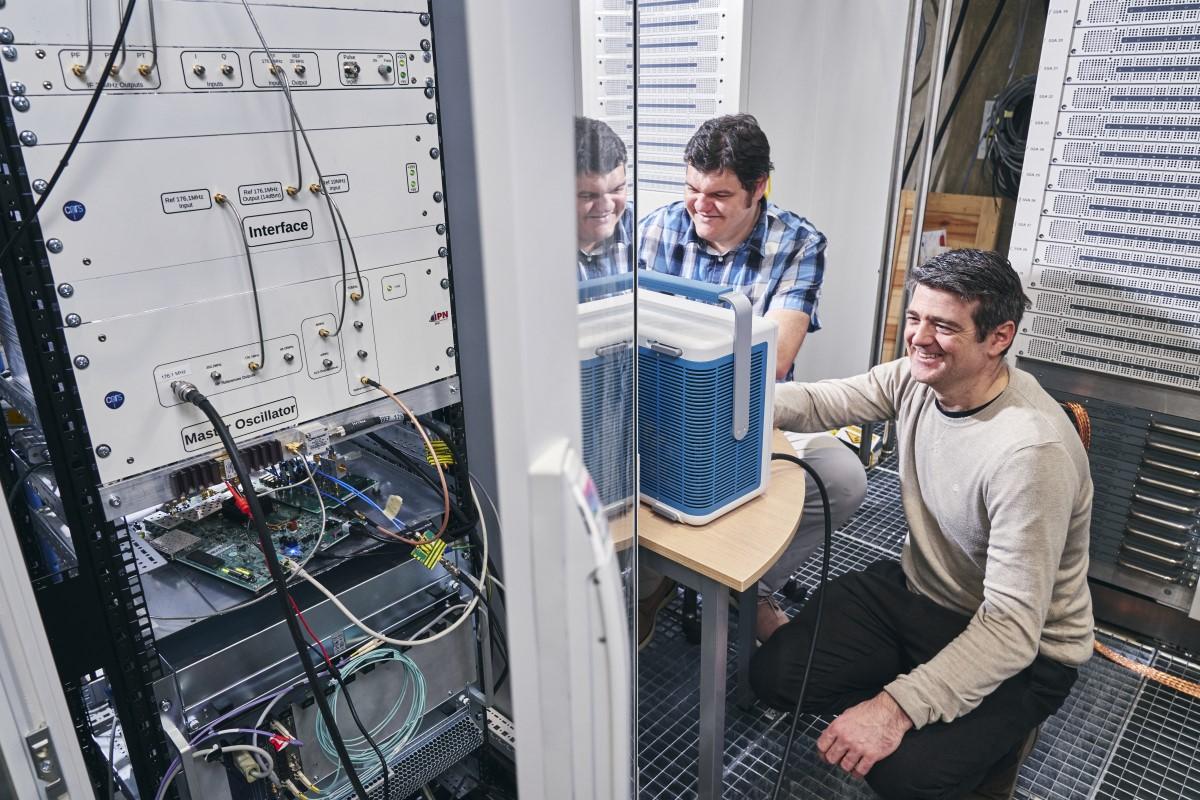
Furthermore, the newly installed system also controls the frequency at which the cavities operate. The proper frequency is important for reducing energy losses. To set the frequency precisely, the scientists introduce a ‘rod’ into the cavity. The expert compares it to a trombone. “By extending the trombone’s tuning slide, the musician shortens or lengthens the tube length. This changes the pitch or frequency. The rod alters the environment in the cavity and thus the tone, or frequency. With this monitoring system, we know if a frequency adjustment is necessary.”
French wealth of experience
The particle accelerator is equipped with multiple control systems. “In fact, each component has its own electronics,” Wouter De Cock explains in more detail. SCK CEN engineers built the control system for the cavities operating at room temperature. For the cavities operating under superconductivity, the nuclear research centre relies on the French ICJ Lab. “The research institute in Orsay has experience in building such systems, including for GANIL – one of the most powerful heavy ion accelerators in the world. So it’s putting its wealth of experience and proven track record to work in the development of our MYRRHA particle accelerator. Together, we’ll ensure it’s reliable.”
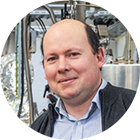 |
Beyond the current state of the art With MYRRHA we are working on a world first. Realizing this requires us to develop technologies and materials that transcend the current state of the art. Groundbreaking innovation and technological progress occurs when we combine different backgrounds and competencies into multidisciplinary teams. Our team members learn from each other and apply newly acquired insights to achieve the successful implementation of the project. Marc Schyns |

